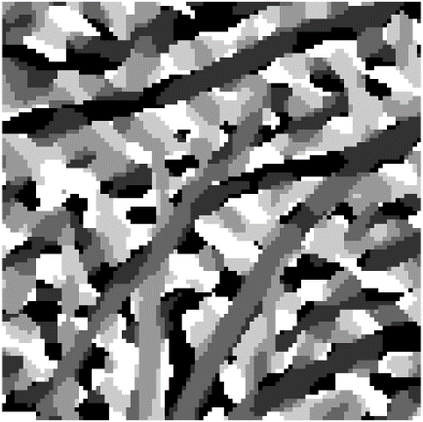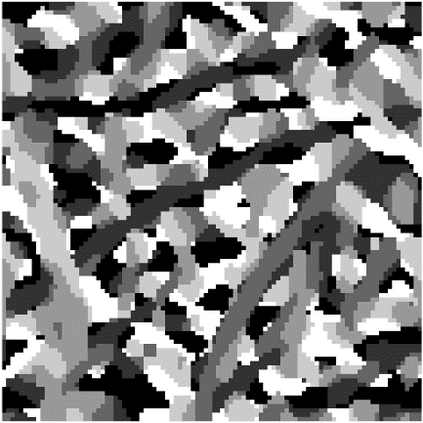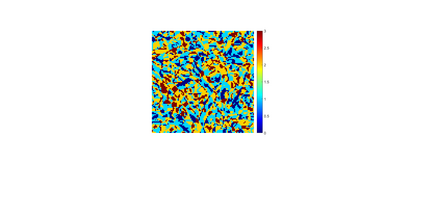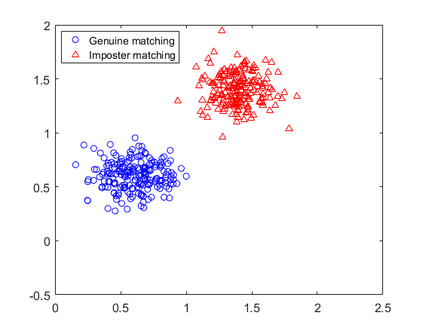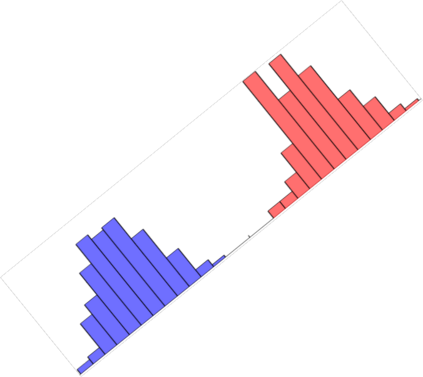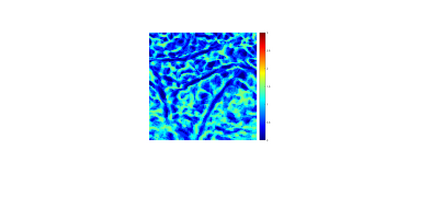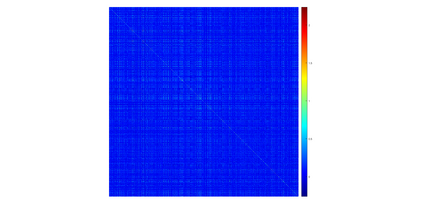The competitive Coding approach (CompCode) is one of the most promising methods for palmprint recognition. Due to its high performance and simple formulation, it has been continuously studied for many years. However, although numerous variations of CompCode have been proposed, a detailed analysis of the method is still absent. In this paper, we provide a detailed analysis of CompCode from the perspective of linear discriminant analysis (LDA) for the first time. A non-trivial sufficient condition under which the CompCode is optimal in the sense of Fisher's criterion is presented. Based on our analysis, we examined the statistics of palmprints and concluded that CompCode deviates from the optimal condition. To mitigate the deviation, we propose a new method called Class-Specific CompCode that improves CompCode by excluding non-palm-line areas from matching. A nonlinear mapping of the competitive code is also applied in this method to further enhance accuracy. Experiments on two public databases demonstrate the effectiveness of the proposed method.
翻译:竞争性编码方法(CompCode)是最有希望的棕榈印刷识别方法之一。它因其高性能和简单配方,多年来一直在不断研究,不过,虽然对CompCode提出了许多不同之处,但仍没有详细分析这一方法。本文首次从线性区分分析的角度对Comcode进行了详细分析。介绍了一个非三重充分的条件,根据这一条件,Comcode在渔业标准方面是最佳的。根据我们的分析,我们审查了棕榈印刷的统计资料,并得出结论,Comccode偏离了最佳条件。为减少偏差,我们提出了一种叫做分类特性共成的新方法,通过将非线性区域排除在匹配之外来改进Comcode。在这一方法中,还采用了非线性对竞争代码的绘制图,以进一步提高准确性。对两个公共数据库的实验表明拟议方法的有效性。



